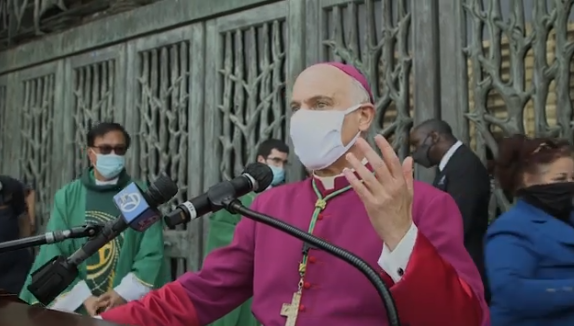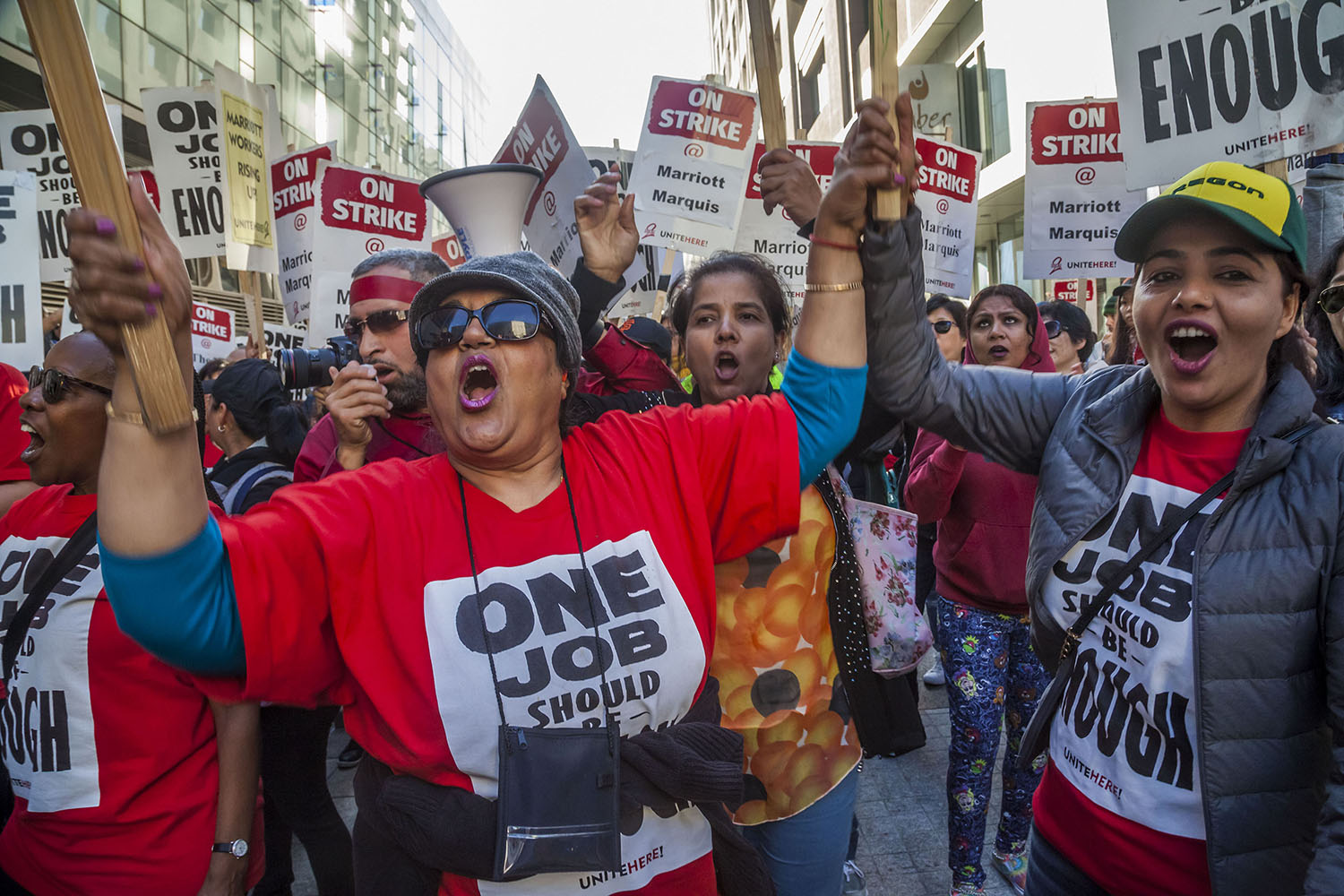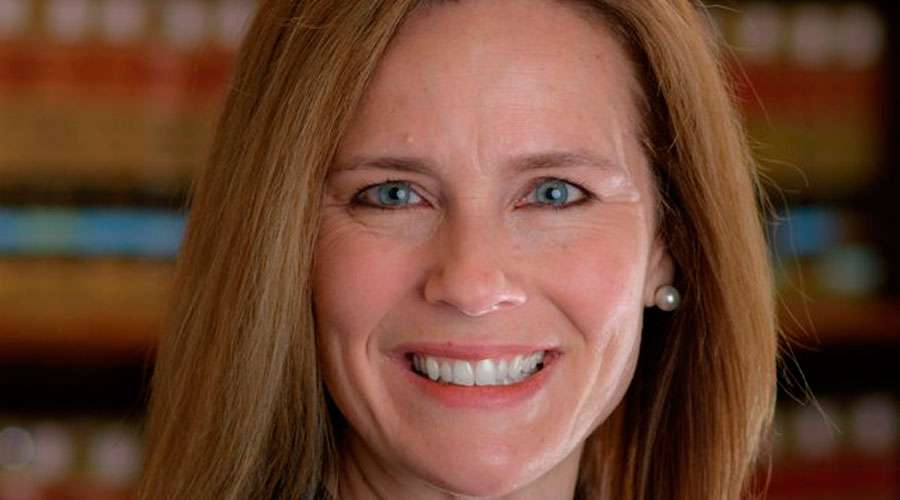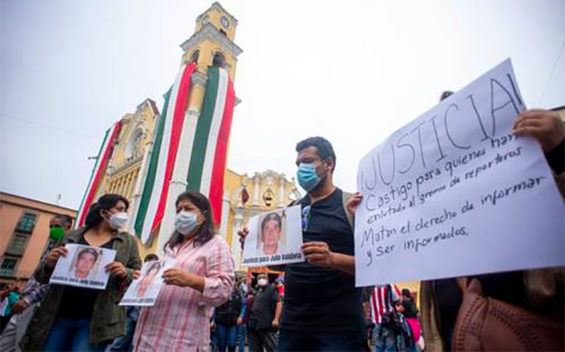by the El Reportero’s wire services
Salvadoran singer and composer Álvaro Torres will conclude today, in this capital, his concert tour with the presentation of his most recent phonogram at the Karl Marx Theater.
Invited by the Company of Recordings and Musical Editions (Egrem), the artist starred in four concerts on the Caribbean island in which he presented the album Álvaro Torres and his good friends, which included important figures of Cuban music.
The album, recorded on the island in 2018, features the musical talent of the Diva of feeling, Omara Portuondo; Pancho Céspedes; Eliades Ochóa, Frank Fernández; Isaac Delgado, Buena Fe, the strings section of the National Symphony Orchestra and the Santiaguero Septet.
Member of the Hall of Fame of Latin Composers, Álvaro Torres acted, for the first time, in Cuba during 2011, returned in 2018 and again in February 2019, when he visited neighborhoods whipped by the tornado that affected the Cuban capital in January of this year.
Juan Luis Guerra’s Grammy nominated album “Literal” leads off “all music’s best of 2019”
Best Tropical Latin Album – Juan Luis Guerra is a musician, composer, arranger, producer, and songwriter from the Dominican Republic. He is one of the most internationally recognized Latin artists in recent decades. His popular style of merengue has garnered him considerable success around the world. He is also credited for popularizing bachata music on a global level and is often associated with the genre. A 23-time Latin GRAMMY® and three-time GRAMMY® winner, Guerra has recorded more than 15 albums and won numerous awards.
por los servicios de cable de El Reportero
El cantante y compositor salvadoreño Álvaro Torres concluyó el 30 de diciembre, en Cuba, su gira de conciertos con la presentación de su fonograma más reciente.
Invitado por la Compañía de Grabaciones y Ediciones Musicales (Egrem), el artista protagonizó cuatro conciertos en la isla caribeña en los que presentó el álbum Álvaro Torres y sus buenos amigos, que incluía importantes figuras de la música cubana.
El álbum, grabado en la isla en 2018, presenta el talento musical de la Diva del sentimiento, Omara Portuondo; Pancho Céspedes; Eliades Ochóa, Frank Fernández; Isaac Delgado, Buena Fe, la sección de cuerdas de la Orquesta Sinfónica Nacional y el Septeto de Santiaguero.
Miembro del Salón de la Fama de los Compositores Latinos, Álvaro Torres actuó, por primera vez, en Cuba durante 2011, regresó en 2018 y nuevamente en febrero de 2019, cuando visitó barrios azotados por el tornado que afectó a la capital cubana en enero de este. año.
El álbum nominado al Grammy de Juan Luis Guerra “Literal” lidera “todo lo mejor de la música de 2019”
Mejor álbum latino tropical: Juan Luis Guerra es un músico, compositor, arreglista, productor y compositor de la República Dominicana. Es uno de los artistas latinos más reconocidos internacionalmente en las últimas décadas. Su popular estilo de merengue le ha valido un éxito considerable en todo el mundo. También se le atribuye la popularización de la música bachata a nivel mundial y a menudo se asocia con el género. Guerra 23 veces ganador del Grammy® latino y tres veces ganador del Grammy®, Guerra ha grabado más de 15 álbumes y ganó numerosos premios.
Con unos 30 millones de álbumes vendidos en todo el mundo, Guerra es un pionero de la música latina cuyos primeros éxitos internacionales incluyeron el clásico “Ojalá Que Llueva Café”. La canción, que presagiaba el impacto global de las actuales estrellas urbanas tropicales, aún es reconocible al instante desde su primera aparición. notas
A lo largo de su prolífica carrera, Guerra ha reinventado los ritmos alegres de su República Dominicana natal con su banda 4.40 y ha escrito maravillosas letras extraídas de la vida cotidiana de las personas en América Latina y más allá, capacitando a los oyentes al mismo tiempo que bailan sus problemas. a sus mensajes de “paz, armonía y amor”.
El reinicio de “Party of Five” aborda la separación familiar
El muy esperado drama Party of Five se estrenará con dos episodios el miércoles 8 de enero. La serie
La Ronda Bogotá de Celso Piña en The New Parish
With some 30 million albums sold around the world, Guerra is a Latin music pioneer whose early international successes included the classic “Ojalá Que Llueva Café.” The track, which foreshadowed the global impact of current tropical urban stars is still instantly recognizable from its first notes.
Throughout his prolific career, Guerra has been reinventing the joyful rhythms of his native Dominican Republic with his band 4.40 and writing wonderful lyrics mined from the everyday lives of people in Latin America and beyond, empowering listeners at the same time as they dance their troubles away to his messages of “peace, harmony and love.”
The “Party of Five” restart addresses family separation
The highly anticipated drama Party of Five will premiere with two episodes on Wednesday, January 8. The original TV drama series was released 25 years ago, and its updated version is politically temporary.
From Sony Pictures Television, the reinvention of the beloved series will follow the five children of Acosta as they navigate the difficulties of daily living to survive as a family unit after their parents are suddenly deported to Mexico.
In a new version of the creators of the original series Amy Lippman and Christopher Keyser, this beloved story of a young family bound by adversity will be told through the lens of current issues and cultural conversations.
The series stars Brandon Larracuente as Emilio Acosta, Emily Tosta as Lucia Acosta, Niko Guardado as Beto Acosta and Elle Paris Legaspi as Valentina Acosta. Bruno Bichir and Fernanda Urrejola star in Acosta’s parents, Javier and Gloria.
The first episode of Party of Five, filmed in Echo Park, California, will be available for a special pre-linear preview on Hulu, Freeform.com, the Freeform app, and on demand starting Wednesday, January 1.
Young people learn to make guitars to help preserve the traditional music of Veracruz
Interest decreasing in traditional music known as son jarocho
If you heard the song La Bamba, you heard they are jarocho, a regional style of music from Veracruz, jarocho is a term used to describe someone or something from that state.
But despite the importance of music for the traditional culture of the state, transmitting it to the next generation is not an easy task.
However, musician Anastasio Martínez has taken on the challenge. In his case, it takes the form of an incipient program in the southern municipality of Cosoleacaque to teach the manufacture of the traditional guitars that are used, called jaranas.
“We started the program because there was a certain level of disinterest in son jarocho. It was getting lost in the local culture, at least in southern Veracruz. The tradition was dying because the children were not interested, “he was attracted to other attractions such as celebrating Halloween, Martínez said.
With only four months of existence, the program already has 30 participants between 7 and 17 years old. Even three of the mothers who accompany their children have begun to make jaranas.
Martínez is encouraged. “The response has been very good. They are enjoying how I work, and they like to draw the molds and design their own instruments, add a drawing or other detail.”









